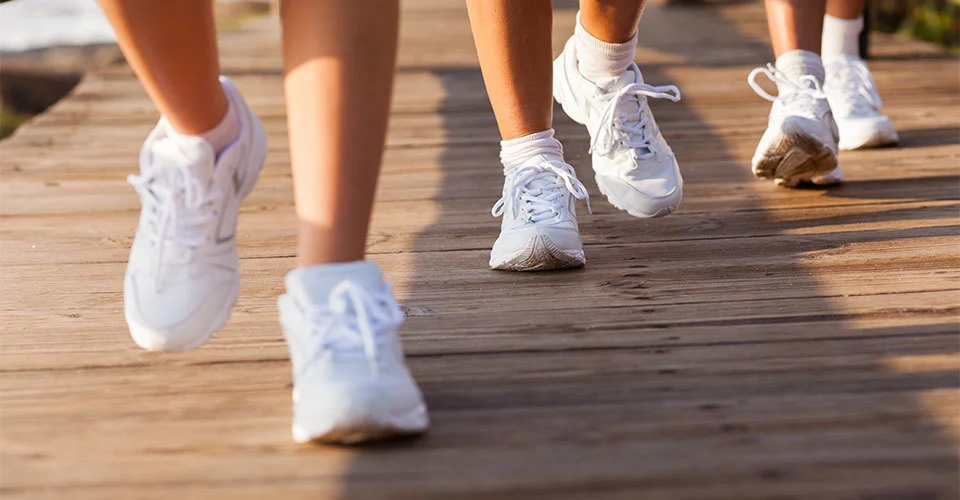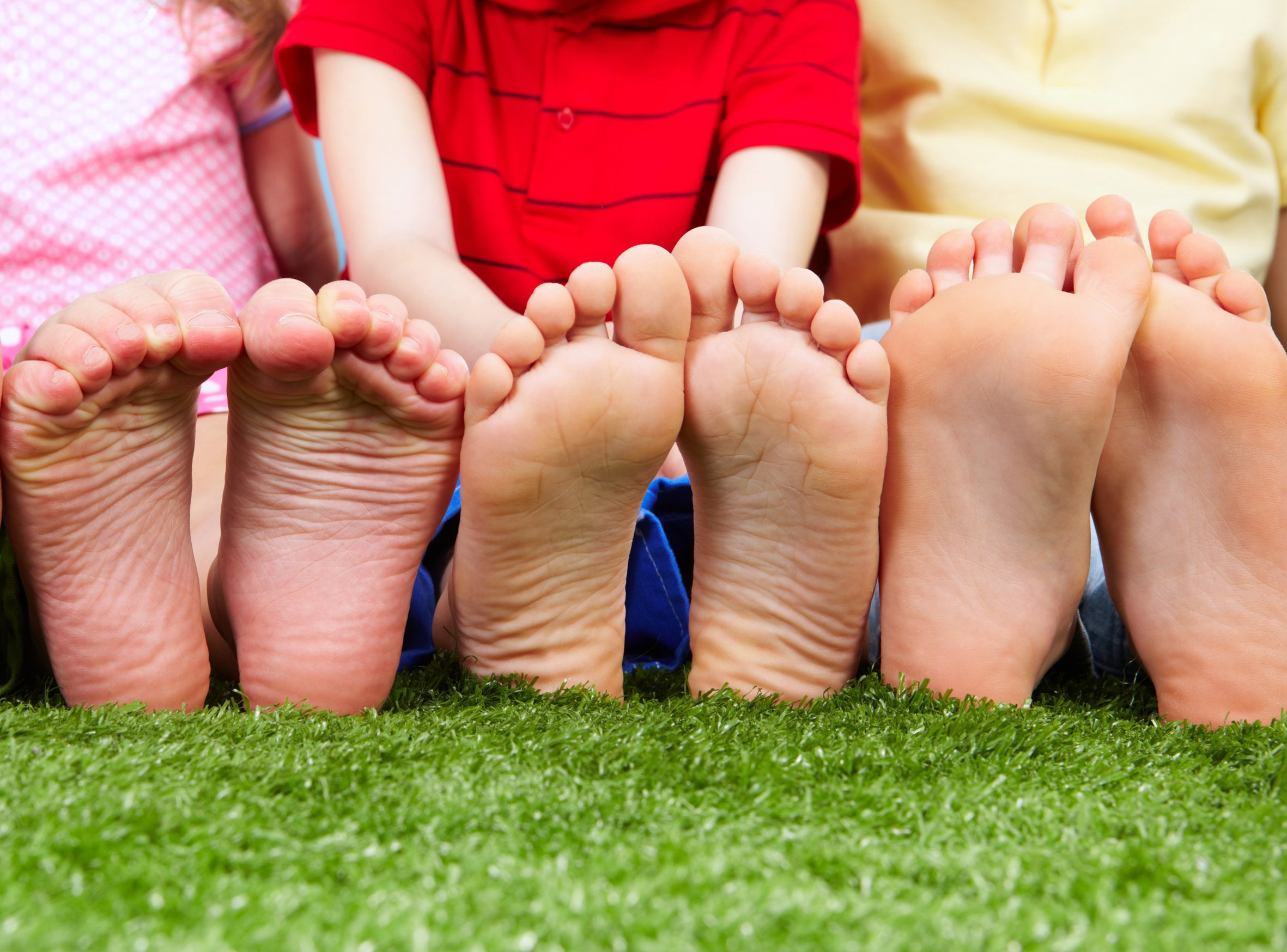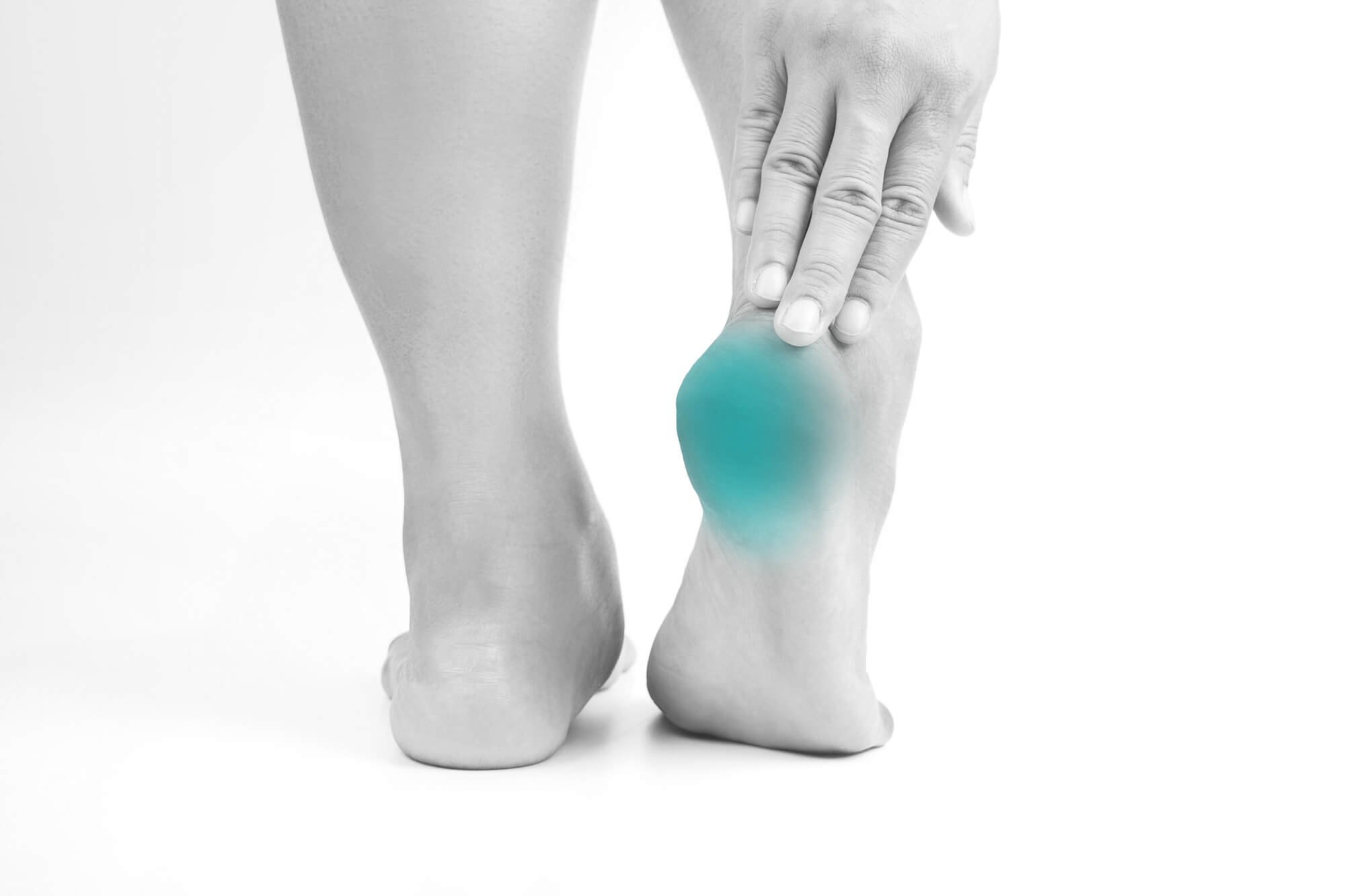Those of you who have been in to see us for a foot problem know how disruptive a foot problem can be to our daily lives. Let's all make a few resolutions for the health of our feet in 2024.
In today’s article, we share easy and simple ways that you can put your feet and ankles first in the new year.
If you want to increase your likelihood of having strong and healthy feet this year, consider doing these five things for your foot health in 2024.
1. Exercise More – While it’s true that exercise will place more strain on your feet, it’s important to remember that your body and its structures rely on this controlled strain to become stronger and to function optimally. Resolve to move more and to strengthen your feet through exercise in the new year, just be sure to slowly increase your activity load so that you aren’t at risk for an overstress injury.
2. Check Your Shoes – Ill-fitting shoes are one of the most common causes of foot issues and injuries, so pay special attention to your footwear in the new year. Make it a point to prioritize comfort over style when it comes to your footwear, and if your shoes are still lacking support, consider adding an orthotic insert for an added layer of protection. Shoes that are too tight or those with a narrow toe box can greatly increase your risk of bunions.
3. Daily Care – It’s not uncommon for us to go weeks or longer without really taking a close look at our feet, and we can end up missing the signs and symptoms of a problem while it’s in an early and highly treatable stage. Resolve to conduct daily foot checks this year. Give your feet a quick 30-second exam every time you step in the shower or before you crawl into bed at night. This little extra attention can go a long way in helping you catch foot issues before they snowball.
4. Get Your Physical – A yearly physical is great for your foot health and your whole body. These yearly checkups allow your doctor to look for signs of an issue, or they provide an opportunity to talk with your doctor about any discomfort or symptoms you’re experiencing. Make sure that you sign up for your yearly physical in 2024.
5. Never Ignore Symptoms – Finally, one of the best ways we can help keep our feet healthy is by caring for them at the first sign of an issue. If you’re experiencing a new pain in your foot or have noticed a new bump or sore, care for the area instead of ignoring it and hoping it goes away on its own. Oftentimes you can resolve these minor foot issues in days or weeks with proactive care, whereas ignoring them can lead to years of prolonged foot pain. Make it a point to care for your feet at the first sign of a problem this year.
Put Your Feet First in 2024! Don't hesitate to reach out if you experience any foot problems
Choose Pioneer Podiatry in 2024
Start your new year on the right foot by taking some of these tips and incorporating them into your daily life. These are simple changes that you can make that will lead you on the right path to starting to live a healthier life.
Wishing you and your family a happy and healthy 2024.
For all your foot care needs in the new year, connect with the team at Pioneer Podiatry.




